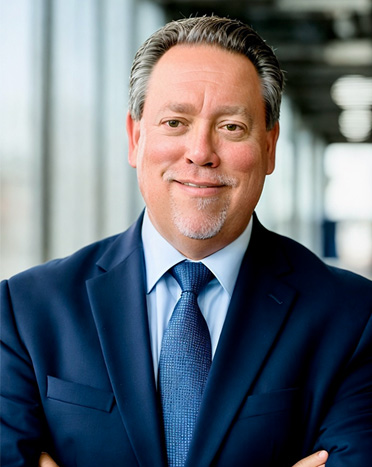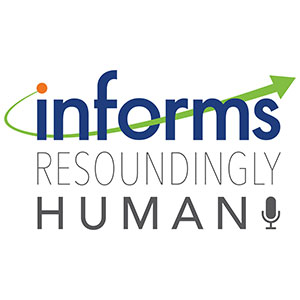
The Future of the Supply Chain
One of the painful discoveries of the COVID-19 pandemic was how vulnerable U.S. supply chains are, demonstrated most vividly by the shortage of critical medical supplies and equipment. Supply chain experts agree that measures must be taken to ensure the supply chain of the future becomes more resilient and can withstand another national crisis.















